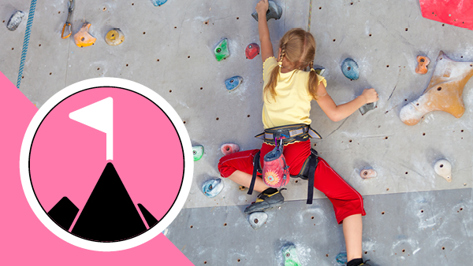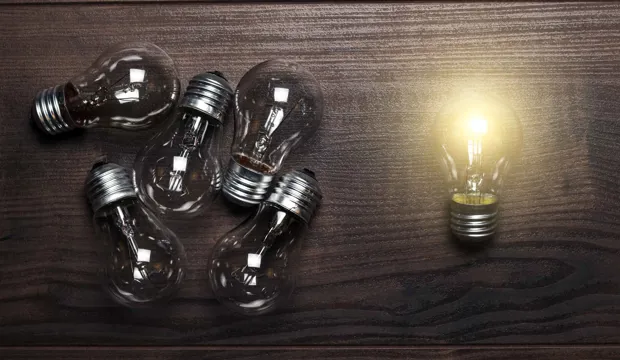
Smart materials
Identifying which materials might offer the best prospects for a financial investment
In this activity, students will investigate the properties of different types of smart materials and decide which ones might offer the best prospects for financial investment.
The development of new materials with incredible properties is changing the way we live. From 4K TVs to super light airliners, these materials have quickly found their way into the modern technology around us. One area where modern materials have made a huge impact is in the development of prosthetic devices. Some of these devices are beginning to outperform ‘natural’ body parts.
This is one of a set of resources developed to aid the teaching of the secondary national curriculum, particularly KS3. It has been designed to support the delivery of key topics within design and technology (DT) and science.
Activity: Identifying which materials might offer the best prospects for a financial investment
Learners will investigate the properties of different categories of smart materials and decide which kinds of materials might offer the best prospects for a financial investment. Students work in teams and present their results to the rest of the class. The activity offers strong opportunities for cross-curricular work with Enterprise.
This activity can be extended with a related practical session ‘Smart and modern materials’ (see related activities section below), where students identify a material from its particular properties.
The 'Body Builders' and 'The Other Organ' challenges are extension activities that task students to think about the growth of replacement organs and the controversies around this science.
Download our activity overview for a detailed lesson plan for teaching students about smart materials.
The engineering context
Smart materials are often at the forefront of engineering and technological innovation with engineers using them to create products that are more durable, adaptable and more efficient to manufacture.
From building structures that can withstand earthquakes to designing prosthetics that outperform human body parts, the applications of smart materials are vast (and continually expanding!).
By learning about smart materials, students will get an insight into how these modern materials are made, used and how they can be applied to real world issues such as improving people’s lives.
Suggested learning outcomes
This lesson will teach students how to recall a variety of different examples of smart materials and describe how their properties react to changes in their environment. They’ll also be able to investigate smart materials on both a theoretical and practical level, understanding their applications as well as their investment potential.
Download our activity sheet and other teaching resources
The activity sheet includes teachers’ notes, useful web links, and links (where appropriate) to the national curriculum in each of the four devolved nations; England, Northern Ireland, Scotland and Wales.
All activity sheets and supporting resources are free to download (including film clips!), and all the documents are fully editable, so you can tailor them to your students’ and your schools’ needs.
Download our classroom lesson plan and handout below.
Please do share your highlights with us @IETeducation.
Available Downloads

Activity overview
Activity description, teachers' notes and curriculum links.

Handout
Students can summarise their findings in this reporting sheet.

Brief
Smart Materials briefing sheets gives a description of a range of smart materials.

Challenge
Body Builders Challenge - growing organs in a lab.

Challenge
The Other Organ Challenge - engineered organs to make athletes fitter and faster.

Quiz
Using prosthetic engineering and smart materials to build a knee


